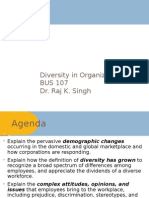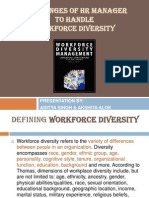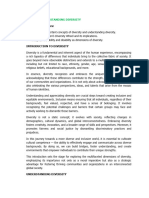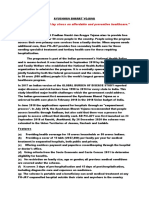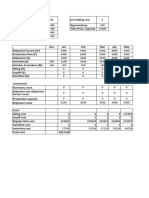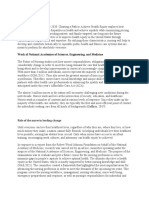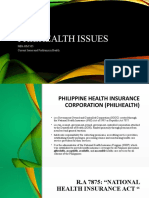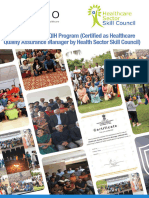0% found this document useful (0 votes)
13 views7 pagesChap 1
The document discusses the complexities and challenges of diversity in organizations, highlighting issues such as implicit biases, stereotyping, and resistance to change. It emphasizes the importance of creating inclusive environments that recognize and value diverse perspectives and experiences. Additionally, it outlines the need for ongoing commitment to diversity, equity, and inclusion to dismantle barriers and promote understanding across different dimensions of identity.
Uploaded by
Abra AmeerCopyright
© © All Rights Reserved
We take content rights seriously. If you suspect this is your content, claim it here.
Available Formats
Download as PDF, TXT or read online on Scribd
0% found this document useful (0 votes)
13 views7 pagesChap 1
The document discusses the complexities and challenges of diversity in organizations, highlighting issues such as implicit biases, stereotyping, and resistance to change. It emphasizes the importance of creating inclusive environments that recognize and value diverse perspectives and experiences. Additionally, it outlines the need for ongoing commitment to diversity, equity, and inclusion to dismantle barriers and promote understanding across different dimensions of identity.
Uploaded by
Abra AmeerCopyright
© © All Rights Reserved
We take content rights seriously. If you suspect this is your content, claim it here.
Available Formats
Download as PDF, TXT or read online on Scribd
/ 7



















